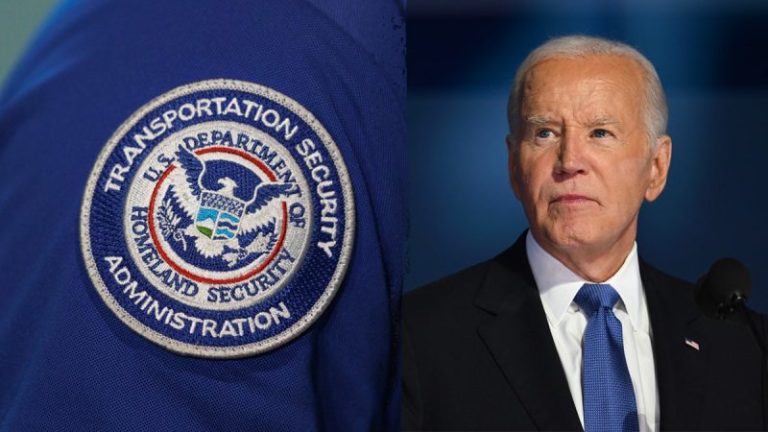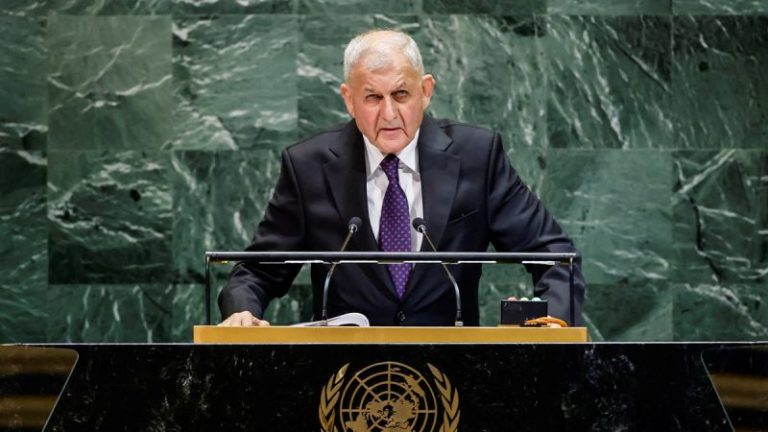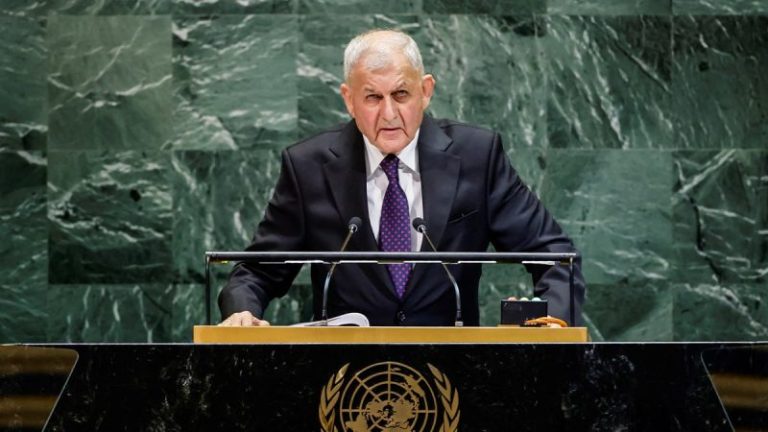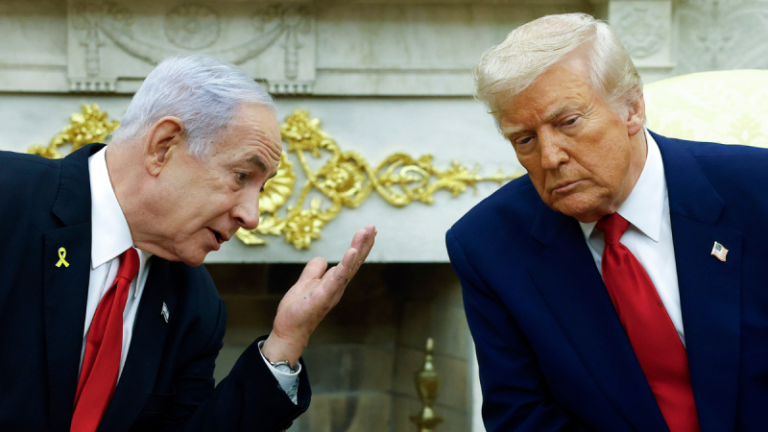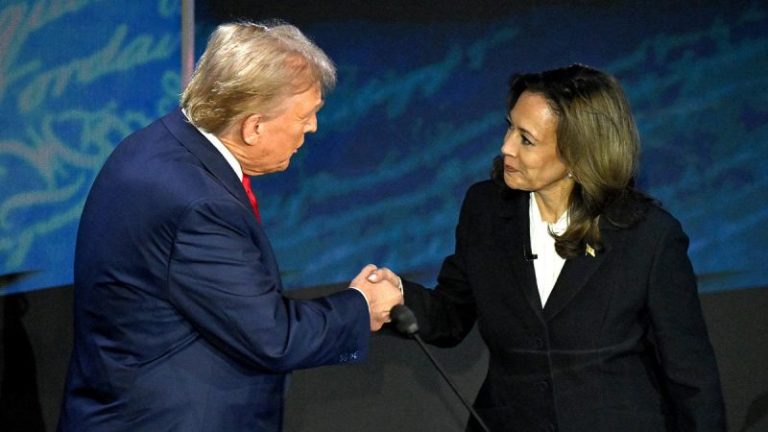Let’s roll back the clock.
After the 2020 election, Donald Trump found himself the target of multiple investigations.
The flimsiest, and most partisan, was brought by Manhattan DA Alvin Bragg, who somehow elevated the Stormy Daniels payoffs from a misdemeanor to a felony, and got a conviction.
Then there was Jack Smith, who launched two investigations — one involving classified documents, the other on allegations related to Jan. 6.
And in Georgia, Fulton County DA Fani Willis investigated Trump’s famous phone call to Brad Raffensperger — ‘I just want to find 11,780 votes’ — and some of Trump’s lawyers, such as Sidney Powell and Jenna Ellis, pleaded guilty.
Beyond that, New York AG Letitia James filed a civil suit about inflated property values that led to a fine that has since grown to half a billion dollars — a penalty so outrageous that an appeals court threw it out on grounds of cruel and unusual punishment.
And what was the mindset of the media, the Democrats and at least half the country at that time?
It was that Trump had done a lot of bad things, and if he could be successfully prosecuted before the 2024 election, he could be knocked out of the race.
But from Trump’s point of view, these were bogus cases brought by biased prosecutors — James had won election by vowing to go after him — and backed by unfair judges for the sole purpose of keeping him out of the White House.
Joe Biden may have kept hands off — Jack Smith was named special counsel by AG Merrick Garland — but to the president it was all a grand left-wing conspiracy.
And that’s why Trump feels entitled to payback.
That’s why James Comey was just indicted, with Trump firing his own U.S. attorney who believed there wasn’t enough evidence, replacing him with a loyalist whose job was to charge the former FBI director.
That’s why Tish James is now under investigation for alleged mortgage fraud,
That’s why the Trump DOJ has just subpoenaed Fani Willis’ travel records from last year, and is investigating Sen. Adam Schiff.
To Donald Trump, this is all fully justified payback.
But he’s doing exactly what was done to him — going after political enemies — and doing it out in the open. He has ordered Attorney General Pam Bondi to pursue these cases, and fast, which is weaponizing the Justice Department against those he despises, in a way that no previous president has ever done.
He pronounces these targets ‘guilty as hell’ — that alone would be a scandal in any other administration for prejudicing a trial — and celebrates the unveiling of indictments, such as calling Comey a ‘sick person,’ a ‘Dirty Cop’ and a ‘SLIMEBALL.’
So how does Trump justify doing what was done to him? He doesn’t. He’s never been big on consistency. And his MAGA base supports him no matter what.
Keep in mind that the perjury allegation — based on a vague exchange about a leak to the Wall Street Journal about the Clinton Foundation, ironically — was investigated by special counsel John Durham in the first term, and by the DOJ’s inspector general, and neither brought charges.
When Erik Seibert, the U.S. attorney in Virginia’s Eastern District, found insufficient evidence to charge Comey, Bondi pushed back in defense of the 15-year veteran, Still, Trump replaced him with White House aide and onetime beauty queen Lindsey Halligan, his former lawyer, who has never tried a criminal case. Halligan couldn’t even find the courtroom, and no prosecutor in the office agreed to accompany her, as is customary. Doesn’t matter. She had one job.
‘My family and I have known for years that there are costs to standing up to Donald Trump,’ Comey said in a video.
Fourteen of the 23 grand jurors backed the two charges, just over the required minimum, and the jurors dismissed a proposed third count.
National Review’s Andy McCarthy, a former federal prosecutor, called the indictment ‘so ill-conceived and incompetently drafted, he should be able to get it thrown out on a pretrial motion to dismiss.’
Dan Abrams, ABC’s chief legal analyst (and founder of Mediaite) said on ‘This Week’: ‘I don’t even think that many in the Trump administration believe they’re going to get a conviction. I think that there’s a 95 percent-plus chance that there won’t be a conviction. That it’ll either get dismissed by a judge, there’ll be a hung jury, there’ll be an acquittal. But I’m not certain that that’s the end goal here.’
In other words, making Comey’s life miserable and forcing him to pay legal fees may be satisfying enough.
Schiff, for his part, called the mortgage fraud allegation against him ‘the kind of stuff you see tinpot dictators do.’ .
But there’s a larger issue here than the culpability of Comey and the others. As a former Justice Department reporter, I know all too well that presidents are not supposed to intervene in criminal investigations, and that dates to a series of post-Watergate reforms after Richard Nixon’s attorney general went to prison.
But Trump does all this out in the open. There’s no need to rely on unnamed sources. When he issued a memo demanding investigations of his foes, he made it public.
‘We can’t delay any longer, it’s killing our reputation and credibility,’ the president wrote on Truth Social. He complained that ‘nothing is being done,’ demanding that Bondi investigate Coney, James and Schiff. And now he’s talking about targeting Democratic donor and activist George Soros.
The president also has a knack for letting his allies off the hook. After New York Mayor Eric Adams was indicted on corruption charges, Trump ordered the case dropped. Then he tried to lure Adams out of the race by offering him a job, to boost the chances of defeating the man he calls ‘Communist’ Zohran Mamdani. Adams, stuck in single digits, just dropped out, and don’t be surprised if he winds up as an ambassador.
When a deranged shooter in Michigan opened fire during a Mormon church service, and set the place on fire, killing at least four people, before being shot to death, Trump called it ‘horrendous’ and called Gov. Gretchen Whitmer. Press Secretary Karoline Leavitt said the killer hated Mormons.
The president called it ‘another targeted attack on Christians.’
What Trump and Leavitt neglected to mention is that the murderer has a Trump/Vance sign in front of his house.
So despite the president’s insistence that left-wingers are responsible for virtually all political violence, here’s a case where a right-winger, and Trump fan, is responsible for cold-blooded mass murder. But one day there will a Democrat in the White House again, ready to use the same tactics unleashed by Trump.
Dartmouth professor Brendan Nyhan, who heads a watchdog group, told the New York Times: ‘Do Republicans want to give President AOC unilateral powers to determine which Defense Department programs she wants to fund?’
His forthcoming report says ’50 percent of Democrats now support restricting or shutting down Fox News, up from 37 percent in 2021.’ I would find that chilling, even if I didn’t work at Fox. Where is it written that the government should be shutting down news outlets?
The larger point is this: Trump believes he’s entitled to payback because of all the indictments aimed at him. The Democrats believe Trump has shattered the wall that protected criminal probes from White House interference. And so we plunge into an endless cycle of retribution, with each administration investigating the previous one and justifying it as getting even for their own mistreatment.
: The news conference that President Trump was going to hold with Bibi Netanyahu yesterday turned into a non-conference when Trump, of all people, refused to take questions — not even the traditional two from each side. So they each gave lengthy speeches and left.
But the president achieved something remarkable. He got Bibi to go along with his plan to end the war in Gaza. Trump even said he’d personally head a peace board designed to protect Israel’s security, that Hamas would release the remaining hostages, and mentioned Oct. 7.
Honestly, it was probably shrewd not to be distracted by questions.
Here’s the problem: Hamas hasn’t agreed to anything yet, and has stuck by its insistence on a complete withdrawal of Israeli forces before any hostages are released. So the terrorist group is unlikely to agree.
If Hamas rejects the plan, Netanyahu said, ‘Israel will finish the job by itself.’
Then he said, ‘we can do this the easy way or the hard way’ — apparently unaware that was the much-condemned line that FCC Chairman Brendan Carr used to threaten action against Jimmy Kimmel.
Bibi also demanded an end to ‘incitement by the media,’ as if he or anyone else could tell the press what to do.



